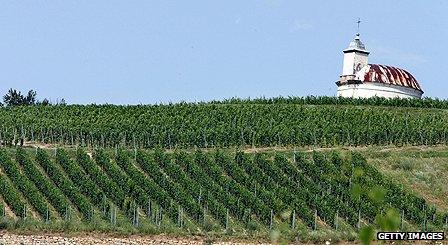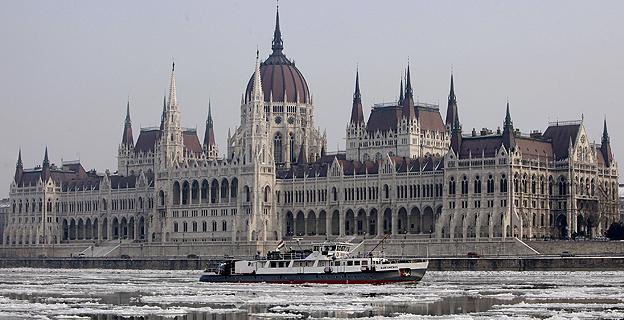Hungary profile - Overview
- Published

Hungary traces its history back to the Magyars, an alliance of semi-nomadic tribes from southern Russia and the Black Sea coast that arrived in the region in the ninth century.
After centuries as a powerful medieval kingdom, Hungary was part of the Ottoman and then Habsburg empires from the 16th century onwards, emerging as an independent country again after World War I.
The Hungarian language belongs to the Finno-Ugric family and is one of the handful of languages spoken within the European Union that are not of Indo-European origin.

A landlocked country, Hungary is home to Lake Balaton, the largest in central Europe, and to a large number of spa towns and hot springs.
It has especially rich traditions in folk and classical music and was the birthplace of numerous outstanding performers and composers, including Franz Liszt, Bela Bartok, and Zoltan Kodaly.
Hungary became co-equal partner with Austria in a dual monarchy in the mid-19th century after an unsuccessful revolt against the Habsburgs in 1848. After a period of turmoil following World War I, an independent kingdom of Hungary was established under the authoritarian regency of Admiral Miklos Horthy.
The redrawing of European borders that took place after World War I left about five million ethnic Hungarians living in neighbouring countries. Their status remains a sensitive issue and has complicated Hungary's relations with its neighbours.
Following World War II, in which Admiral Horthy had allied himself with Germany, Hungary was occupied by the Soviet Union and a Communist government imposed. An uprising in 1956 was crushed by Red Army forces, but Hungary did later become the first Eastern European country to gain some economic freedom.
Hungary played an important part in accelerating the collapse of Communism across Eastern Europe when it opened its border with Austria in 1989, allowing thousands of East Germans to escape to the West. Just a few months later the Berlin Wall was history.
Hungary's post-Communist economic transition was achieved relatively smoothly. Within four years of the collapse of Communism nearly half of the country's economic enterprises had been transferred to the private sector, and by 1998 Hungary was attracting nearly half of all foreign direct investment in Central Europe.
Ten years later, the picture looked rather less rosy. A high level of both private and state borrowing left the country particularly vulnerable to the credit crunch of 2008, and in October of that year the government was forced to appeal to the International Monetary Fund and the European Central Bank for massive loans in a bid to stave off economic collapse.
Nationalism
Dissatisfaction with the centre-left coalition government's handling of the economy from 2002 to 2010 coincided with the rise of the right-wing nationalist party Jobbik and a move to the authoritarian right by the Fidesz party, which won parliamentary elections in 2010 and 2014.
The two-thirds parliamentary majority gained by Fidesz in 2010 allowed it to throw out the liberal constitution and replace it with one that critics say cements the governing party's hold on power and removes checks and balances essential for the healthy functioning of a democracy.
Fidesz insists that the constitutional change was necessary in order to complete the work of eradicating the legacy of Communism.
Fidesz scored another comfortable victory in the 2014 election, albeit with a reduced majority. Jobbik increased its share of the vote, becoming the second-largest political party in the country.

Hungary's parliament is in the capital Budapest on the banks of the Danube River